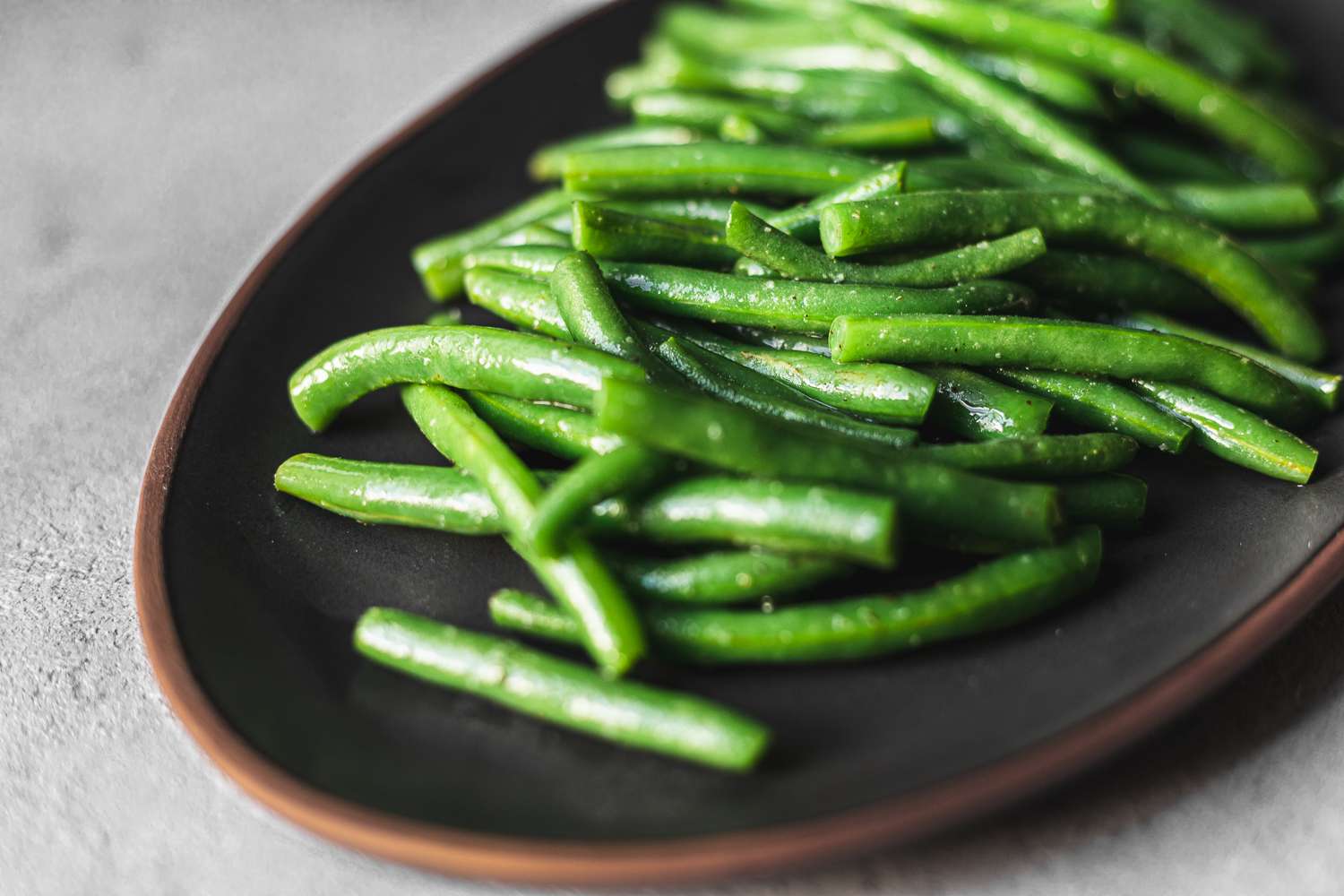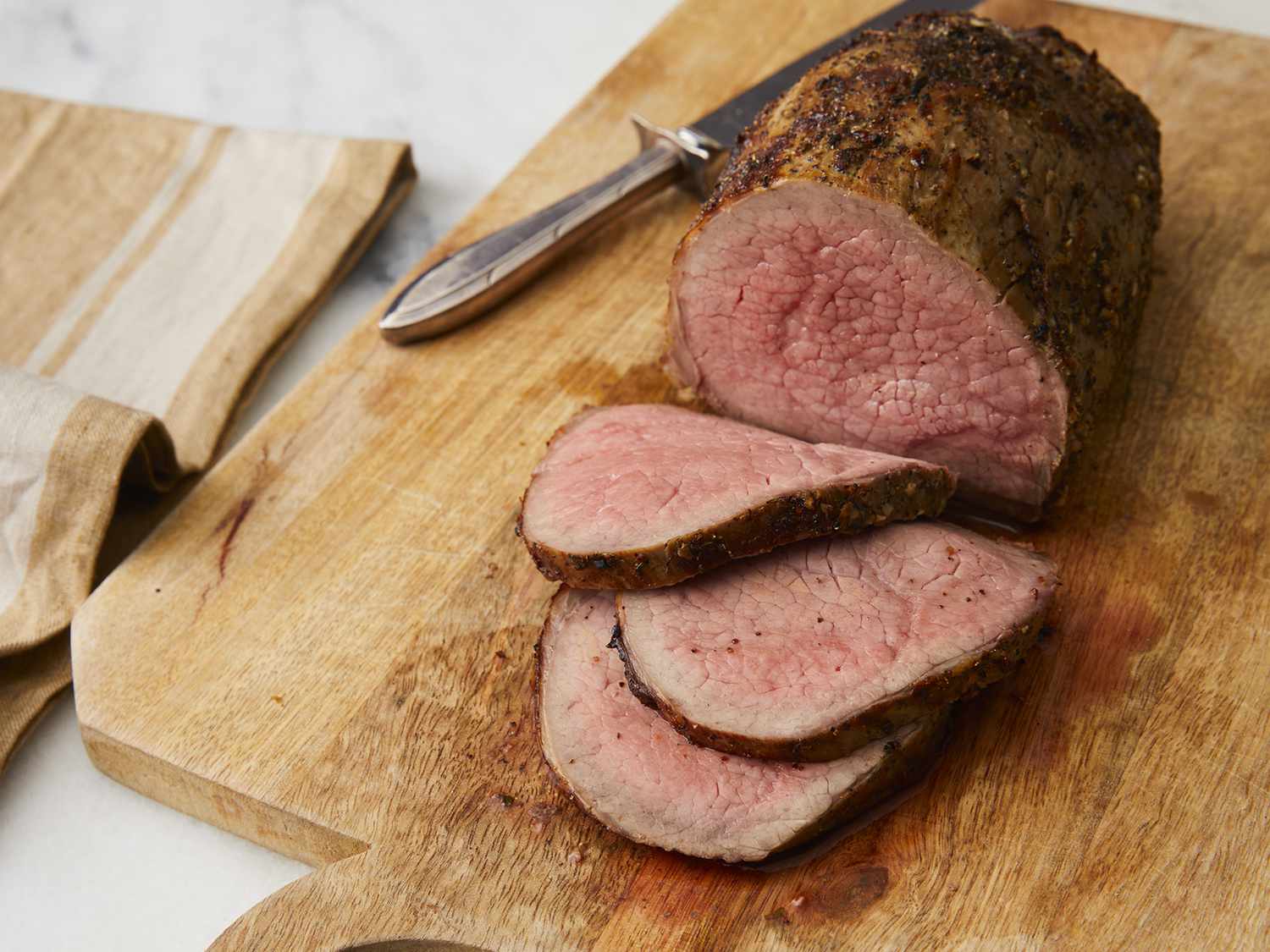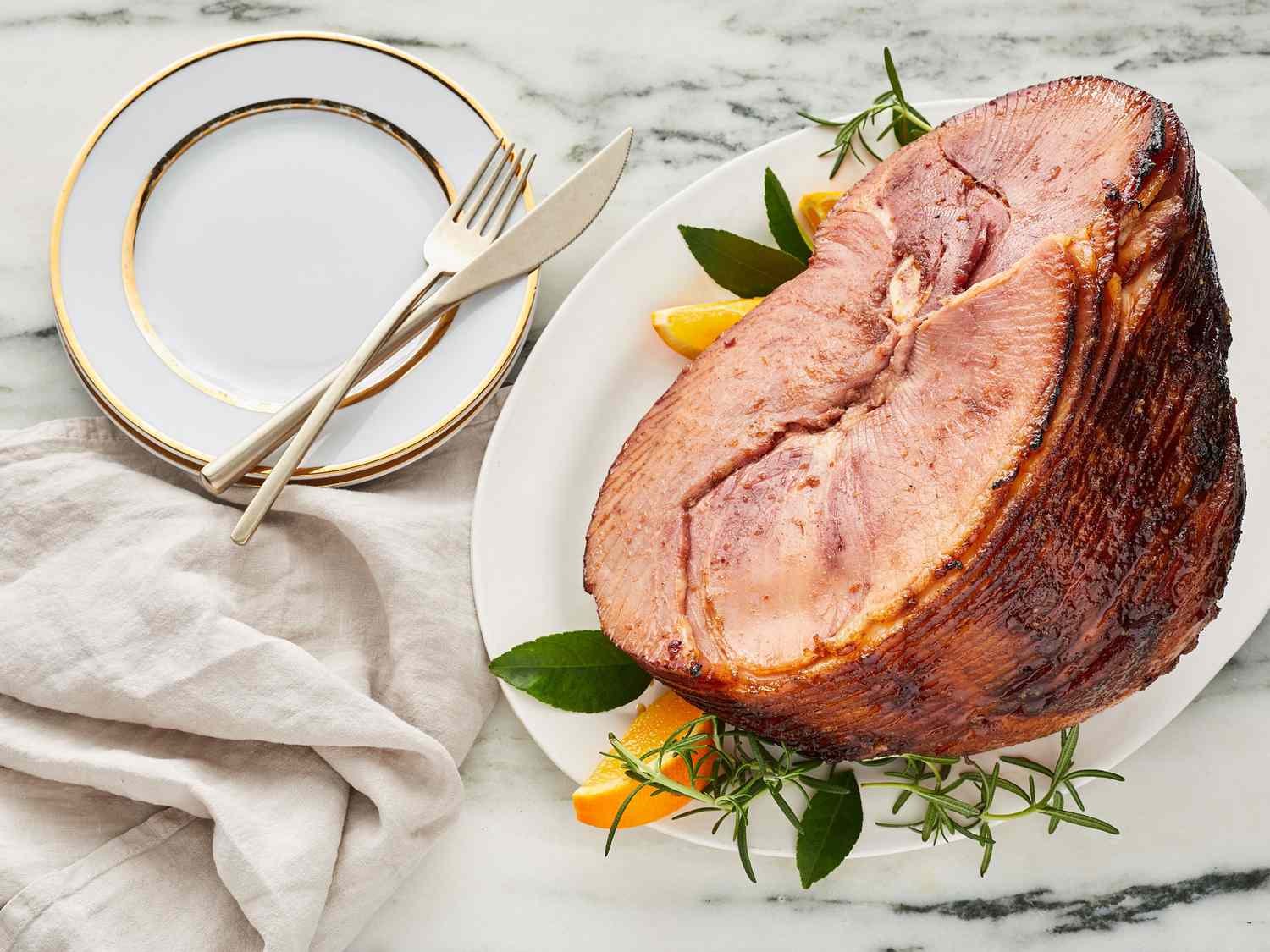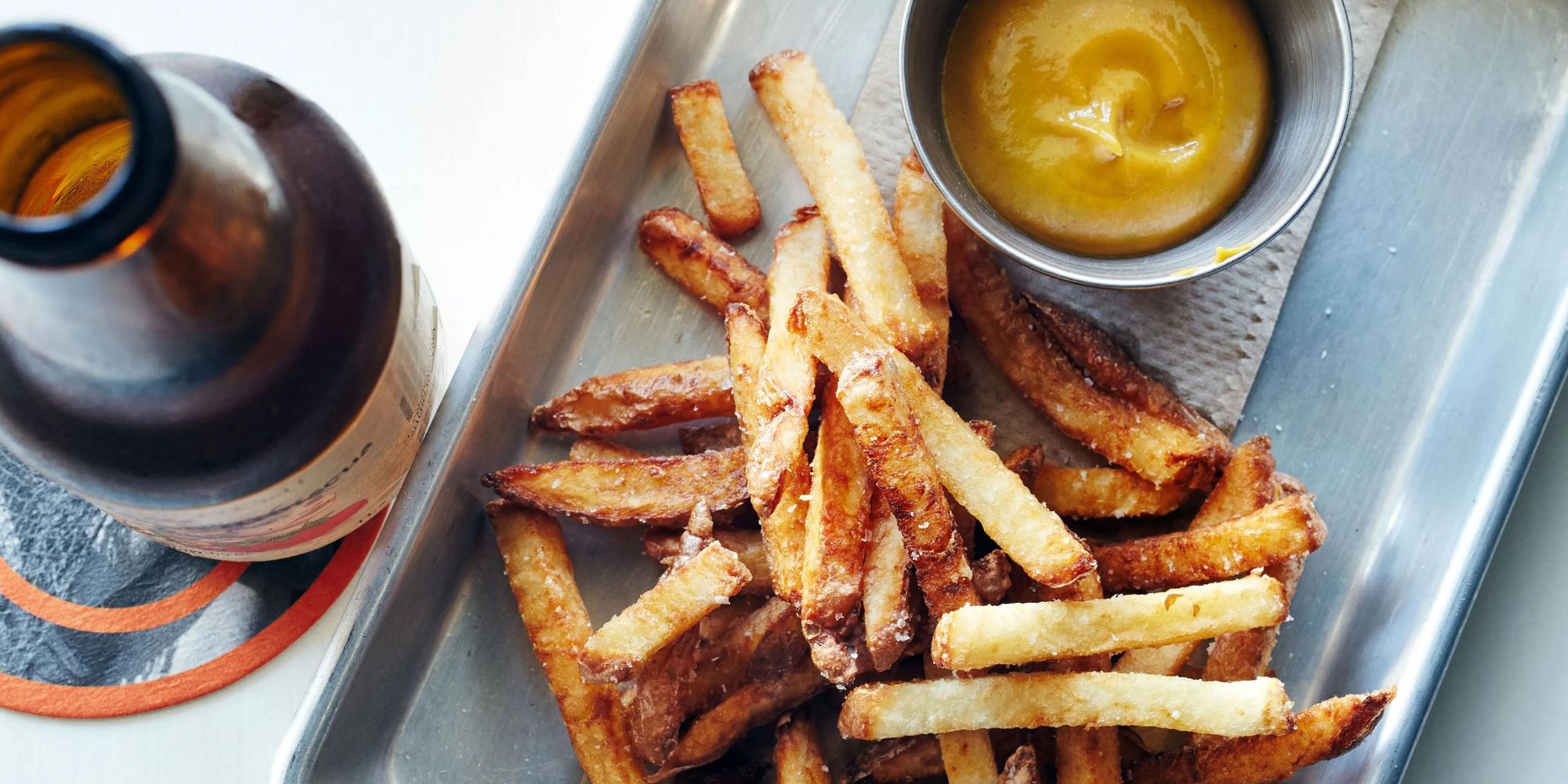Brining Onions: A Flavorful Twist to Your Culinary Repertoire
Are you looking to add a new dimension of flavor to your dishes? Look no further than brining onions! Brining is a simple yet effective technique that can elevate the taste of your favorite recipes. In this guide, we will explore the ins and outs of brining onions, from the basics of the process to creative ways to use brined onions in your cooking.
What is Brining?
Brining is a method of preserving and flavoring food by soaking it in a solution of salt, water, and often sugar and spices. This process not only imparts a delightful flavor to the food but also helps to keep it fresh for a longer period of time. While brining is commonly associated with meats, it can also work wonders with vegetables, including onions.
Brining Onions: The Basics
Brining onions is a straightforward process that requires just a few simple ingredients and a bit of patience. Here’s a basic recipe to get you started:
- Begin by peeling and slicing the onions to your desired thickness.
- In a large bowl, mix together water, salt, sugar, and any additional spices or herbs of your choice.
- Submerge the sliced onions in the brine, making sure they are fully covered.
- Cover the bowl and refrigerate for at least 24 hours, allowing the onions to soak up the flavors of the brine.
- Once the brining process is complete, the onions are ready to be enjoyed in a variety of dishes.
Creative Uses for Brined Onions
Now that you have a batch of delicious brined onions at your disposal, it’s time to put them to good use. Here are a few creative ways to incorporate brined onions into your culinary creations:
- Salads: Add a tangy kick to your favorite salads by tossing in a handful of brined onions.
- Sandwiches and Wraps: Elevate the flavor profile of your sandwiches and wraps by layering in some brined onions.
- Tacos and Burritos: Give your Mexican-inspired dishes a burst of flavor with the addition of brined onions.
- Charcuterie Boards: Impress your guests by including brined onions on your next charcuterie board for a pop of color and flavor.
- Relishes and Chutneys: Use brined onions as a base for creating flavorful relishes and chutneys to accompany your meals.
Experiment and Enjoy!
Brining onions opens up a world of culinary possibilities, allowing you to infuse your dishes with a depth of flavor that is sure to impress. Whether you’re a seasoned chef or a novice cook, brining onions is a simple yet impactful technique that can take your cooking to the next level. So, roll up your sleeves, get creative in the kitchen, and savor the delicious results of brining onions!
Are you ready to embark on a brining adventure? Give it a try and let your taste buds thank you for the flavorful journey!
Was this page helpful?
Read Next: How To Brine Cube Steak










